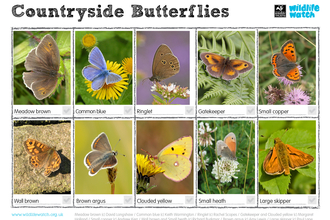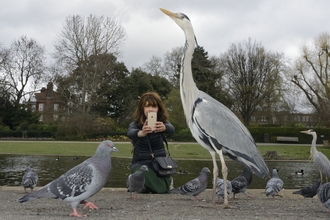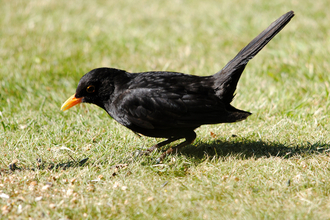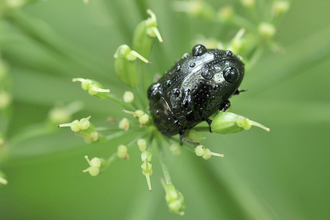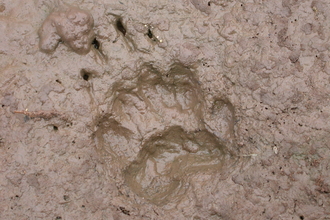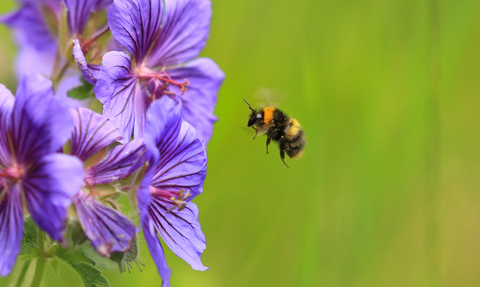
WildNet - Jon Hawkins - Surrey Hills Photography
Simple wildlife surveys
Surveys at home
Doing simple wildlife surveys at home in your garden or in the countryside, park or any green space nearby is a great way to learn about the wildlife you have around you. Our surveys have been created for families to do together and don't require any special surveying knowledge, skills or techniques.
The data from these surveys will give us a snapshot of how wildlife is doing in gardens and green spaces around Cumbria. We will share our findings with you at the end of the year. The data will also be anonymously shared with the Cumbria Biodiversity Data Centre, which collects and holds information on wildlife species.
We'll be adding more surveys here over the spring and summer, so if you've enjoyed this survey do check back to see if more have been added.
Window Wildlife Spotter
How many of these 24 species visit your garden or the outdoor space you can see from your window?
What you'll need:
- Window Wildlife Spotter sheet and a pencil (see below)
- OR enter your results straight onto your phone or tablet with the submission form open
- ID guides/apps to help you identify what you find (take a look at the bottom of this page for links to our favourites)
What to do:
- Go into your garden/sit at your window/on your balcony.
- Explore. If you can, look under the leaves of plants you have, look in the trees, hunt in the soil (this is especially good for finding the smaller wildlife on the sheet).
- Take as long as you want, but we recommend an hour or so.
- Then sit still (this is great with snacks and a drink) and see what comes into your space.
- Record everything you see on your survey sheet.
Submit your survey results online here
- Share photos of what you’re doing on social media using the hashtag #Cumbriawindowwildlife
Make space for nature: see more wildlife
Want to see more species on your Window Wildlife Spotter sheet? Spaces that we have at home, no matter how big or small, can all be transformed to create spaces for animals to feed, shelter, and reproduce. The survival of our wildlife is threatened due to habitat destruction and fragmentation, but we can help create new habitats in our residential areas and bring wildlife back.
- How to build a hedgehog home (https://www.cumbriawildlifetrust.org.uk/actions/how-build-hedgehog-home)
- How to feed birds in your garden (https://www.cumbriawildlifetrust.org.uk/actions/how-feed-birds-your-garden)
- How to make a log shelter (https://www.cumbriawildlifetrust.org.uk/actions/how-make-log-shelter)
- How to grow a wild patch (https://www.cumbriawildlifetrust.org.uk/actions/how-grow-wild-patch)
- Plant flowers for bees and pollinators (https://www.cumbriawildlifetrust.org.uk/actions/plant-flowers-bees-and-pollinators)
- How to go peat free in your garden (https://www.cumbriawildlifetrust.org.uk/actions/how-go-peat-free-your-garden)

